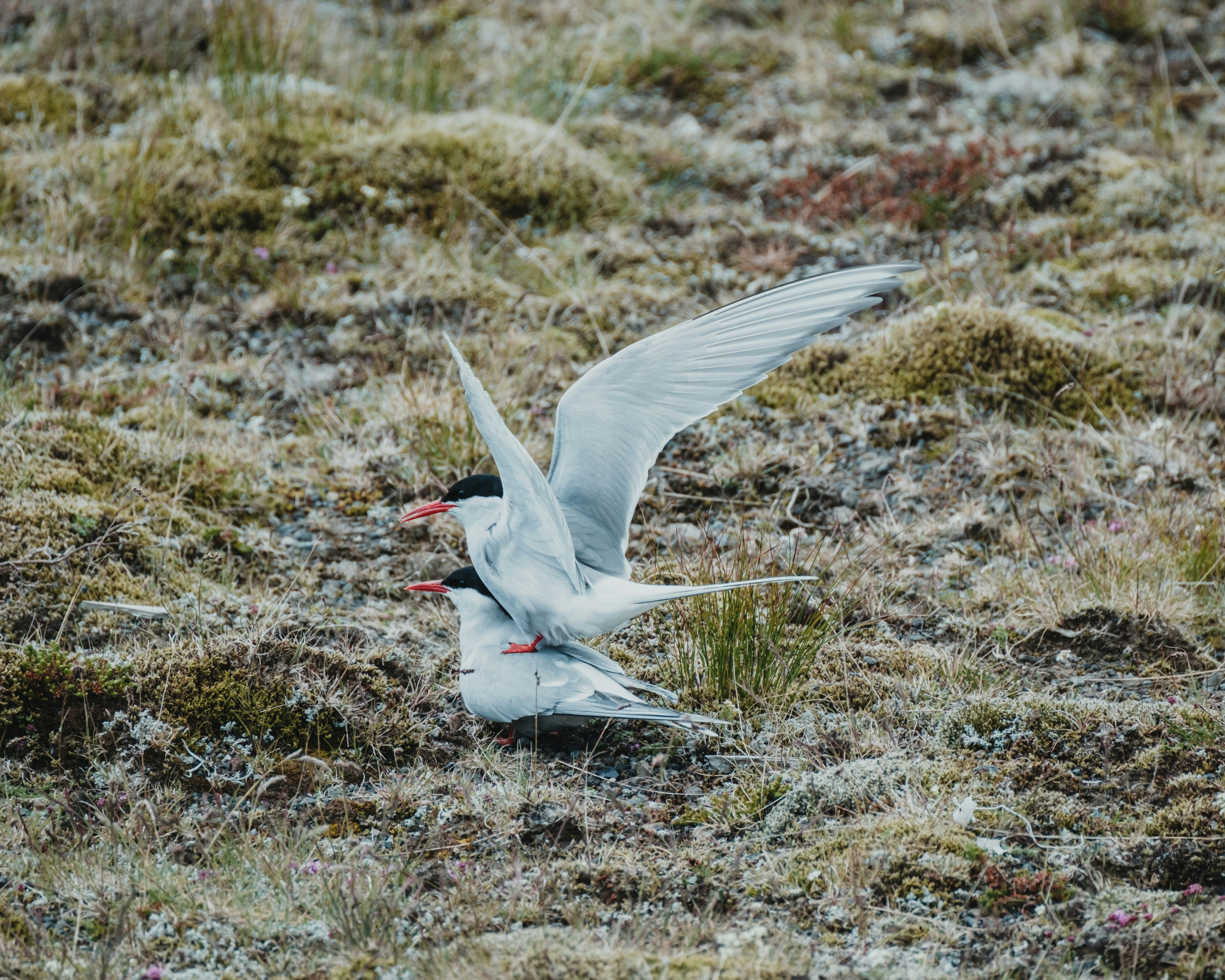Each year, Arctic terns embark on a quest to follow the summer sun, traveling the length of the globe from the upper Northern Hemisphere to Antarctica in the planet’s deep south. Making round-trips longer than 30,000 kilometers (18,641 miles) annually, the plucky seabird holds the record for the longest migration of any animal on the planet.
The shortest distance between their two seasonal homes is less than 19,000 kilometers (11,800 miles), but the journey isn’t always straightforward.
The 8,000-kilometer (4,971-mile) trek over the Indian Ocean is arguably the toughest leg of the journey. This passage of the trip involves a 24-day, non-stop flight where the terns have to navigate threats including unpredictable weather patterns, turbulent waters, commercial fishing, and plastic pollution.
Some birds take longer routes than others for reasons that aren’t always clear. In 2016, an Arctic Tern flew a record-breaking 96,000 kilometers (60,000 miles) in a single round-trip – that’s over double the circumference of the Earth.

Arctic terns breed in the Northern Hemisphere, just like these two lovers in Iceland.
Image credit: Misha Martin/UnSplash
The jet-setting bird took a zig-zagging journey from northern England, down the west coast of Africa, across the Indian Ocean, making landfall in Antarctica, and following the coast to the Weddell Sea. It then flew back and returned to the Northern Hemisphere just in time for its breeding season.
Arctic terns are medium-sized seabirds that weigh just 100 grams (3.5 ounces). They tend to nest in very noisy colonies along the coast, most often on sandy or shingle beaches. Armed with angular wings and streamlined bodies, they are beautifully adapted to long-distance travel.
During summer in the Northern Hemisphere, the birds inhabit the Arctic and sub-Arctic regions of Eurasia and North America, sometimes lingering as far south as Northern France and Massachusetts. They’ll remain here from April to September, during which they breed in large colonies where numerous couples nest together.
When autumn emerges in the North, Arctic terns will begin their migration southwards to Antarctica. By experiencing the Northern summer and the perpetual sunlight of Antarctic summers, the species is likely to see more daylight than any other animal on the planet. Lucky them, eh?
Sadly, like many other species of seabirds, evidence is starting to suggest their transpolar travels are becoming disturbed by climate change.
“Arctic terns rely on productive oceans for food, sea ice for rest and foraging, and prevailing winds during flight. Although the Arctic tern is a species of ‘least concern’ globally on the IUCN Red List, breeding numbers are declining and can be challenging to monitor,” Dr Joanne Morten, an ecologist and expert in seabird migration at the University of Exeter, said in July 2023.
“So, while our findings suggest this species may be resilient, this is only part of a bigger picture for Arctic terns and many other species,” she explained.
Source Link: This Seabird Makes The Longest Migration Each Year From Antarctica To The Arctic